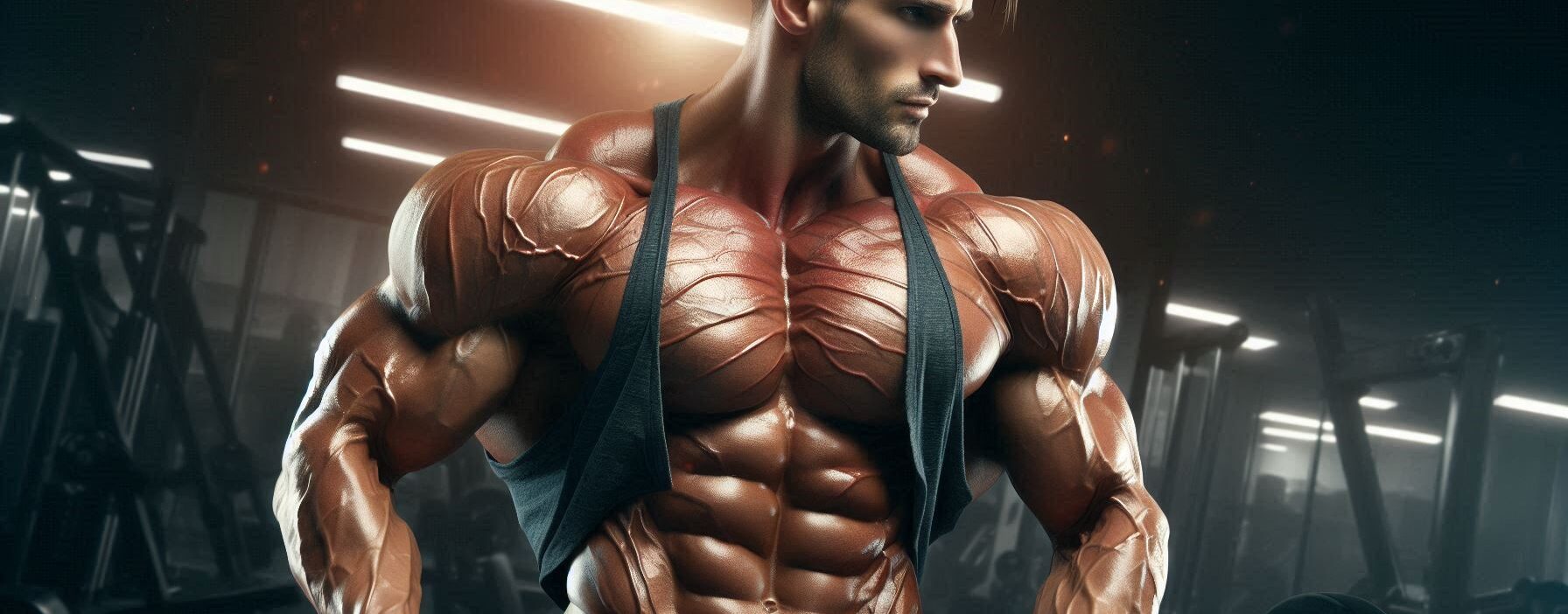
So, you want to get stronger? Great! Welcome to the club where we all pretend that lifting weights is just as easy as curling up on the couch with a tub of ice cream.
Spoiler alert: it’s not! If you’ve been training without seeing any gains, or if your muscles are starting to resemble wet noodles instead of granite boulders, then it’s time for a little chat about progressive overload. This magical concept is like the secret sauce for strength gains, and I’m here to spill the beans!
Top Takeaways and Key Concepts
Increase workout difficulty gradually by adding weight, reps, sets, or reducing rest time.
Challenge muscles consistently to prevent plateaus and stimulate growth and strength.
Track every workout to monitor progress and know when to increase training intensity.
Avoid common mistakes by progressing slowly, using proper form, and allowing rest days.
Support overload with smart training by using periodization, variety, and proper nutrition.
Summary of This Article
This article explains the power of progressive overload—the key principle behind building muscle and getting stronger. It emphasizes that continuously increasing physical demands is essential for growth because muscles adapt quickly to routine levels of stress. Practical methods include gradually increasing weight, reps, or sets, or reducing rest time. The article also stresses tracking workouts, avoiding rushed progression to prevent injury, and taking recovery seriously. It encourages combining progressive overload with other strategies like periodization, varied exercises, and proper nutrition. Most importantly, it reminds readers to celebrate small wins along the way, since consistent effort leads to long-term results.
Video Summary
Please Note: This post may contain affiliate links. If you click one of them, we may receive a commission at no extra cost to you. As an Amazon Associate, I earn from qualifying purchases.
Shortcuts to Exercise Equipment Shopping at Amazon
Ellipticals - Exercise Bikes - Recumbent Bikes - Treadmills - Rowers
Dumbbells - Resistance Bands - Kettlebells - Benches - Pull-up Bars
1. What Is Progressive Overload?
Let’s kick things off by answering a very important question: what in the world is progressive overload? To put it simply, it’s the practice of gradually increasing stress on your muscles during workouts.
Think of it like leveling up in a video game—if you keep doing the same thing over and over again, you’re going to get stuck at level one forever.
Now, how do we increase this stress? Well, there are several ways:
– Increase Weight: Add more pounds to your lifts.
– Increase Reps: Do more repetitions with the same weight.
– Increase Sets: Add extra sets into your routine.
– Decrease Rest Time: Shorten breaks between sets so your muscles work harder.
Interestingly enough, even small changes can lead to significant results. So next time you’re at the gym and feeling strong enough to lift a car (or maybe just a slightly heavier dumbbell), remember that every bit counts!
2. Why Is It Important?
You might be wondering why this whole progressive overload thing matters so much. Honestly, if you want muscle growth and strength gains—and who doesn’t?—then understanding this principle is crucial.
Without progressively challenging your body, those muscles will adapt and stop growing. You wouldn’t expect a plant to grow taller if you never watered it, right?
Similarly, if you keep lifting the same weight week after week while expecting dramatic changes in your physique… well, let’s just say that’s about as likely as finding a unicorn in your backyard.
Moreover, progressive overload helps prevent plateaus—those frustrating times when no matter how hard you try, progress seems as elusive as socks after laundry day.
3. How to Implement Progressive Overload
Alright folks, here comes the fun part: actually putting this into action! Here are some practical tips for incorporating progressive overload into your workout routine:
Track Your Progress
First things first: keep track of what you’re doing! Write down weights lifted and reps performed like they’re top-secret mission details (because they kind of are). This way, you’ll know exactly when it’s time to step things up.
Make Small Increments
When increasing weights or reps, don’t go all Hulk on yourself right away. Small increments matter—a 5-pound jump can make all the difference without risking injury or turning into a quivering mess on the floor.
Change Up Your Routine
To avoid boredom (and yes, getting bored can sabotage progress!), switch up exercises every few weeks. Try new movements or variations targeting similar muscle groups; variety keeps both body and mind engaged!
Listen To Your Body
Lastly—and I cannot stress this enough—listen to what your body tells you! If something feels off or painful (and not in that “I’m pushing my limits” way), take note and adjust accordingly. Remember: we’re aiming for strength gains—not hospital visits!
4. Common Mistakes
As with anything worthwhile in life (like trying not to eat an entire pizza by yourself), there are pitfalls along this journey toward strength gains through progressive overload.
One common mistake is pushing too hard too fast. Sure, we all want instant results—but attempting heavy lifts without proper form can lead straight down Injury Lane faster than you can say “gym fail.” Trust me; nobody wants their gym story featured on social media for all the wrong reasons!
Another misstep happens when people forget about recovery time between workouts. Muscles need rest days to repair themselves after being pushed hard; otherwise they’ll protest louder than my neighbor’s cat during bath time.
5. Incorporating Other Training Principles
While focusing on progressive overload is fantastic—and honestly necessary—it’s essential also to incorporate other training principles alongside it:
Periodization: This involves cycling through different phases of training intensity over weeks or months for optimal results while preventing burnout.
Variety: As mentioned earlier but worth repeating—mixing things up keeps workouts fresh and engaging!
Nutrition & Hydration: Let’s be real here: no amount of lifting will compensate for poor nutrition choices or dehydration! Fueling properly supports recovery efforts significantly.
6. Celebrate Your Victories
Finally—and perhaps most importantly—celebrate every victory along this journey! Did you finally lift that weight you’ve been eyeing since last summer? High-five yourself! Managed an extra rep today? Throw some confetti (or at least cheer quietly inside).
Progress isn’t always about massive leaps; sometimes it’s those tiny steps forward that accumulate into something great over time—even if they feel smaller than my chances of winning an Olympic gold medal anytime soon!
Suggested Resources:
The Complete Guide to Progressive Overload
https://www.bodybuilding.com/content/the-complete-guide-to-progressive-overload.html
Understanding Progressive Overload
https://www.healthline.com/nutrition/progressive-overload
How To Get Stronger with Progressive Overload
https://www.menshealth.com/fitness/a19544680/how-to-get-stronger-with-progressive-overload/
Frequently Asked Questions
What is progressive overload?
Progressive overload is gradually increasing stress on muscles over time so they continue adapting, growing, and getting stronger.
How can I increase workout difficulty for overload?
You can add weight, increase reps or sets, or shorten rest between sets to make training more challenging.
Why is progressive overload important for strength gains?
Without increasing physical demands, muscles adapt to the current level of stress and stop developing, leading to plateaus.
How often should I increase weight or reps?
Small increases every one to two weeks work well for most people, as long as form stays safe and consistent.
Do I need to track every workout to use progressive overload?
Tracking lifts helps you know when to increase intensity instead of guessing, making progress more reliable.
Can pushing too hard with overload cause injury?
Yes, increasing weight too fast or ignoring proper form can lead to strain or injury, so progression should be gradual.
How do rest days support progressive overload?
Rest days allow muscles to repair and grow stronger between challenging sessions, preventing overtraining and burnout.

Kevin Collier is a passionate fitness expert dedicated to helping individuals achieve their health and wellness goals. With a focus on weight lifting, exercise routines, and effective weight loss strategies, he aims to inspire and motivate others on their fitness journeys. Through evidence-based insights and practical advice, Kevin empowers readers to make informed decisions about their health, encouraging a balanced approach to fitness and overall well-being. Whether you’re a beginner or an experienced athlete, his expertise offers valuable guidance to elevate your fitness game.




